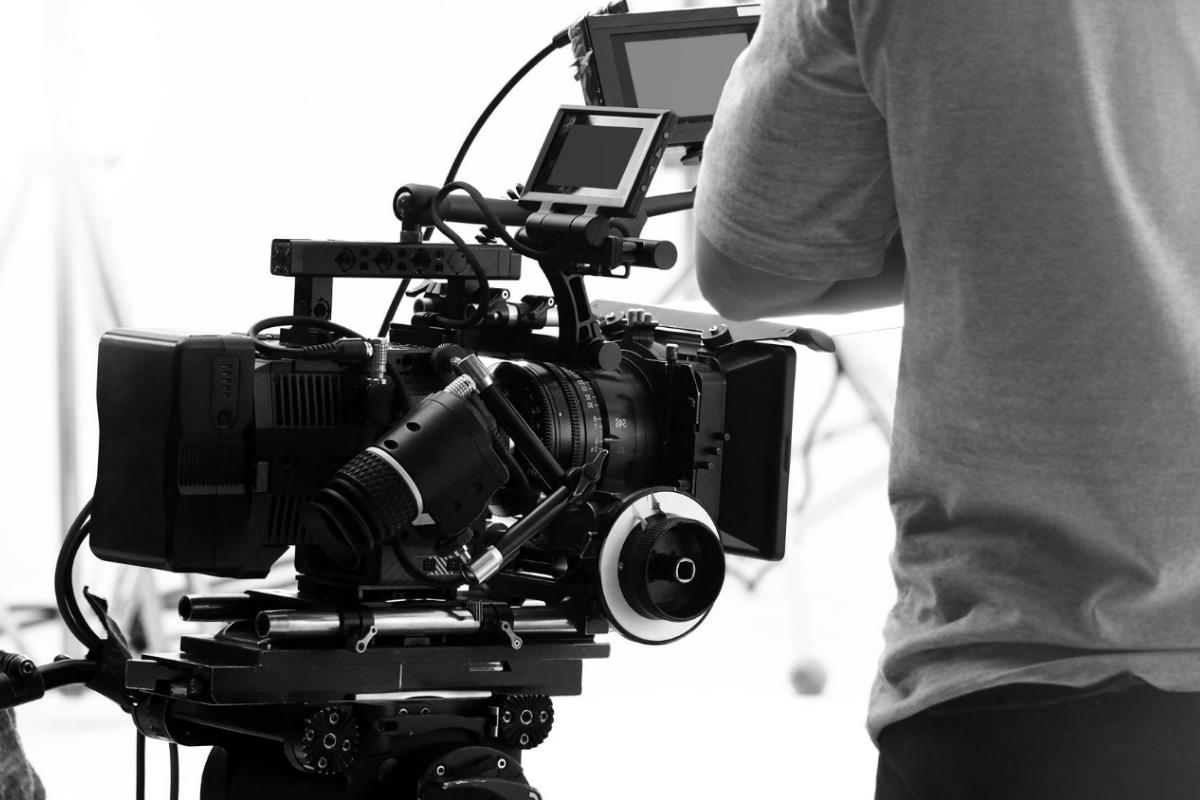What Expect Your First Time on a Film or Video Set

Many unspoken best practices and rules exist for operating in a film or video set. Here are some basics our experts on grip electric believe you need to understand for your first time.
Sets are outlandish, chaotic locations. While academic and small indie productions prepare you for operating in the real world, every production differs, so you'll have to feel things out, position by position.
Sets operate more like military divisions than an average 9-5 job. The crew is collectively liable for producing a film from nothing. One of the bases for crews doing this regularly (outside of experience) comes from unspoken rules that dictate most of the best practices, working procedures, and expectations of peers and leaders.
In this post, we prepare for your first time on set by running through some basic ways sets function and the importance of understanding the production's call sheet for daily details.
Preparing for the first day on set starts weeks before cameras start rolling. You will be expected to understand a handful of things as you arrive on set your first day. While this is not an exhaustive list of the methods and principles of seasoned pros, these fundamentals help you absorb as much wisdom as possible from more-experienced peers.
A significant contributing element to a crew finishing an undertaking comes from clear hierarchical systems, including individual units and the team. Reviewing the daily call sheet, you can learn nearly everything you need to know about the chain of command.
Call sheets are an assistant director's responsibility and are the strategic foundation of every well-run production. The call sheet includes all the critical information the crew needs to understand for each day on set. These sheets typically document the shoot address, important phone numbers, a rudimentary shooting schedule for the day, and a complete index of the cast and crew and their production titles.
Call sheets are seldom appealing to look at. If you don't enjoy reading a spreadsheet, going over one might make your eyes glaze over. Fortunately, you won't be quizzed on the entire contents, but someone will notice if you misread details on the call sheet.
A call sheet header includes an assortment of information, including the production title, the production company, essential production heads, set site(s) for the day, and weather forecast. Different shows will have or exclude different details in the call sheet headers.
The day schedule is likely the second most crucial part of a call sheet. Generally just under the header, the schedule specifies all scenes being shot with their page numbers, cast, total page length, and any particular needs for a specific scene.
The crew call section is one of the most critical parts of a call sheet. This section details your "in time" and presents the call times of the cast and crew, their departments, and typically contact details for each individual. Being acquainted with this part of the call sheet gives you an idea of who does what on set.
The notes section is one of the final essential components of the call sheet. These memos reference any select equipment, dressing, propping, or other unique needs for a certain scene. These notes are commonly located at the base of the call sheet, but you might notice them in different places, depending on the set.
This information should help you better prepare for your first time on set. Remember the importance of the call sheet on every production. Visit our homepage to learn more about our grip electric solution for your net production, big or small. We have the experience and expertise to get the job done right!